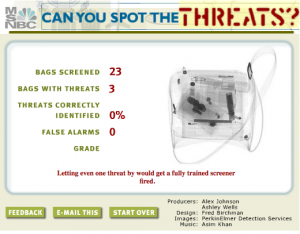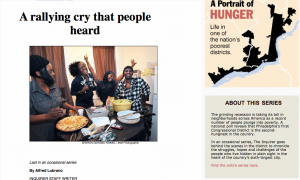Presentation to the NSF C-PATH Distributed Expertise Colloquium, Villanova University, June 3, 2013
A guide the acronyms and some other helpful references:
JPW- journalism/professional writing major at The College of New Jersey
IMM – interactive multimedia program at TCNJ
DE – C-PATH Distributed Expertise project NSF Award Abstract
Wolz’ Simple Storyteller






